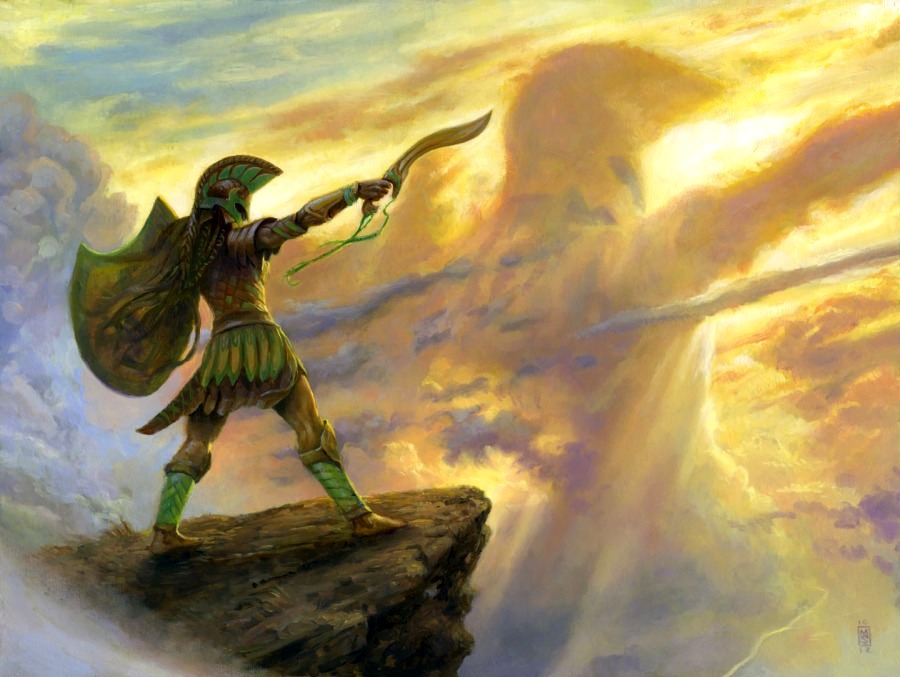Difference between revisions of "Achaean League"
Tao alexis (talk | contribs) (Created page with "A historical confederation of Greek city states that became politically important in the 3rd-2nd centuries <small>BC</small>. The Greeks called themselves "Achaean" from the...") |
Tao alexis (talk | contribs) |
||
| (3 intermediate revisions by the same user not shown) | |||
| Line 1: | Line 1: | ||
| − | + | [[File:Achaean League.jpg|right|560px|thumb|]] | |
| + | The '''Achaean League''' was a significant historical confederation of Greek city-states that held political importance during the 3rd and 2nd centuries <small>BC</small>. The Greeks referred to themselves as "Achaean" based on their belief that they were the descendants of the mythological figure Achaeus, who was said to be the son of [[Poseidon (god)|Poseidon]]. In the works of Homer, the term "Achaeans" is used as a general name for the Greeks who participated in the Trojan War. | ||
| + | __TOC__ | ||
| + | Prior to the league's rise to prominence, there had been various associations of Achaean cities for centuries. However, the Achaean League gained prominence when it was organized under the leadership of Aratus of Sicyon, approximately between 250 and 225 <small>BC</small>. | ||
| − | During this | + | == Historic Significance == |
| + | During this period, the League evolved into a formidable military force in the Peloponnesus. They succeeded in driving the Macedonians out of Corinth and posed a challenge to Sparta, which had reemerged after a prolonged period of decline. | ||
| − | At the height of its | + | Following Aratus' leadership, in 222 BC, the Achaeans found themselves in need of Macedonian assistance against Sparta. However, it wasn't long before both the Achaeans and the Aetolians, who constituted another league, joined forces with the Romans to oppose Philip V of Macedonia. |
| + | |||
| + | The Achaeans did not align with Antiochus III and the Aetolians during the war against Rome (192-188 BC). Nevertheless, they later attempted to break free from Roman influence during the Third Punic War (149-146 BC). Unfortunately, this period also marked the destruction of Corinth and the decline of the Achaean League, ultimately rendering it inconsequential thereafter. | ||
| + | |||
| + | == League at its Zenith == | ||
| + | At the height of its influence, the Achaean League operated as a federation comprising various city-states. The citizens of the league actively engaged in a popular assembly that possessed both legislative and elective authority, although policy decisions were often delegated to another governing body known as the synod. The synod served as a representative council where each city-state held an equal vote. | ||
| + | |||
| + | The federal council, on the other hand, consisted of delegates representing the member states, and the number of delegates from each state was determined by the size of its population. Much like the Aetolian League, the Achaean League featured key officials, including a general, secretary, treasurer, and other minor functionaries, all of whom were elected by the assembly. This hierarchical structure governed the league during its zenith. | ||
See [[Antigonids]] | See [[Antigonids]] | ||
| − | [[Category: | + | [[Category: Classical Greece]][[Category: Reviewed]] |
Latest revision as of 22:44, 13 October 2023
The Achaean League was a significant historical confederation of Greek city-states that held political importance during the 3rd and 2nd centuries BC. The Greeks referred to themselves as "Achaean" based on their belief that they were the descendants of the mythological figure Achaeus, who was said to be the son of Poseidon. In the works of Homer, the term "Achaeans" is used as a general name for the Greeks who participated in the Trojan War.
Prior to the league's rise to prominence, there had been various associations of Achaean cities for centuries. However, the Achaean League gained prominence when it was organized under the leadership of Aratus of Sicyon, approximately between 250 and 225 BC.
Historic Significance
During this period, the League evolved into a formidable military force in the Peloponnesus. They succeeded in driving the Macedonians out of Corinth and posed a challenge to Sparta, which had reemerged after a prolonged period of decline.
Following Aratus' leadership, in 222 BC, the Achaeans found themselves in need of Macedonian assistance against Sparta. However, it wasn't long before both the Achaeans and the Aetolians, who constituted another league, joined forces with the Romans to oppose Philip V of Macedonia.
The Achaeans did not align with Antiochus III and the Aetolians during the war against Rome (192-188 BC). Nevertheless, they later attempted to break free from Roman influence during the Third Punic War (149-146 BC). Unfortunately, this period also marked the destruction of Corinth and the decline of the Achaean League, ultimately rendering it inconsequential thereafter.
League at its Zenith
At the height of its influence, the Achaean League operated as a federation comprising various city-states. The citizens of the league actively engaged in a popular assembly that possessed both legislative and elective authority, although policy decisions were often delegated to another governing body known as the synod. The synod served as a representative council where each city-state held an equal vote.
The federal council, on the other hand, consisted of delegates representing the member states, and the number of delegates from each state was determined by the size of its population. Much like the Aetolian League, the Achaean League featured key officials, including a general, secretary, treasurer, and other minor functionaries, all of whom were elected by the assembly. This hierarchical structure governed the league during its zenith.
See Antigonids
